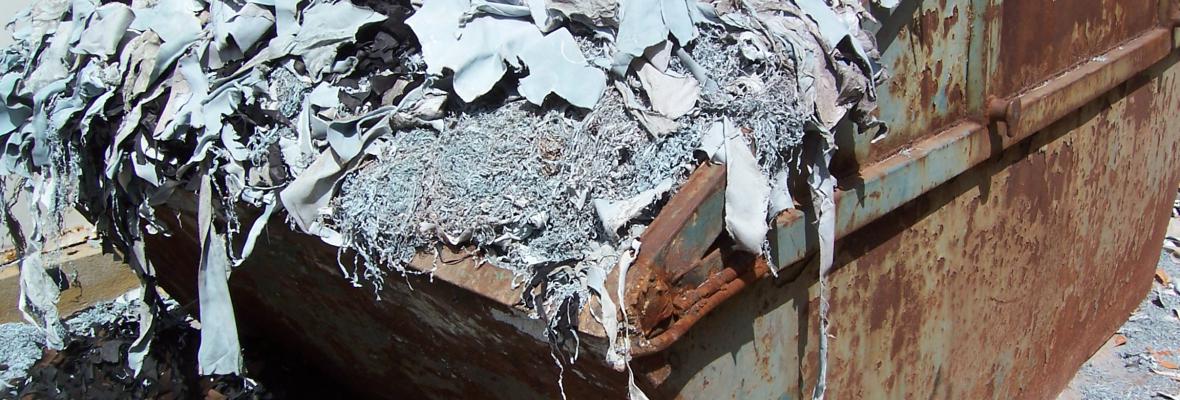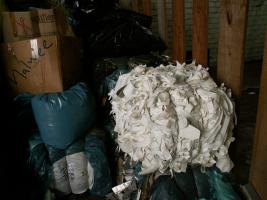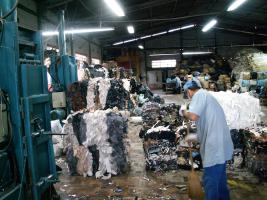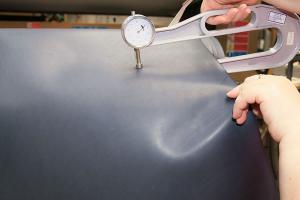You are here
Solid Wastes
The leather processing industry produces large amounts of solid organic wastes in the form of un-tanned (trimmings , fleshings, splits) and tanned (trimmings, splits and shavings) waste from raw hides and skins, semi-provessed leather, as well as sludge as a result of wastewater treatment. If these solid wastes are not properly treated and disposed of, they can cause environmental damage to soil and groundwater as well as emissions of odour and poisonous greenhouse gases into the atmosphere.
This website includes various options for different fractions[icm1] of solid wastes generated by the leather industry. These options have been successfully implemented by UNIDO. Results and lessons learned are included in this part of the Leather Panel website.
















